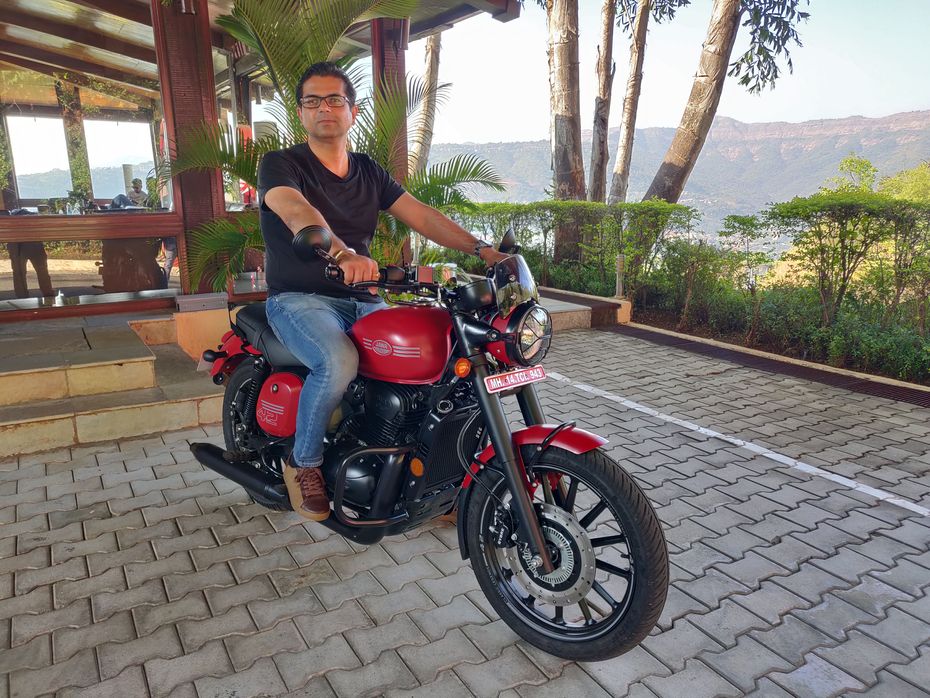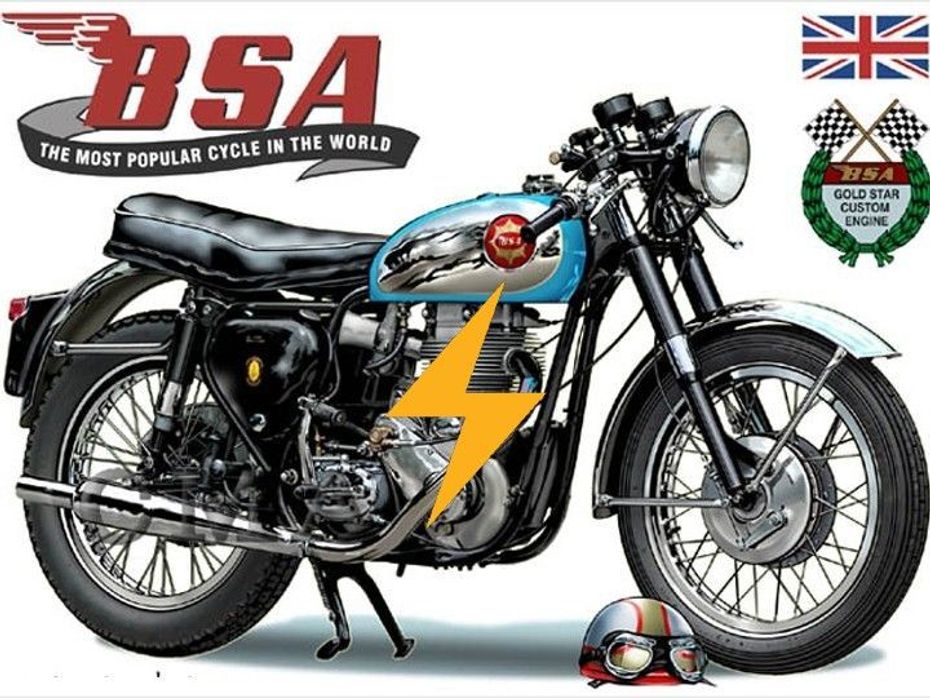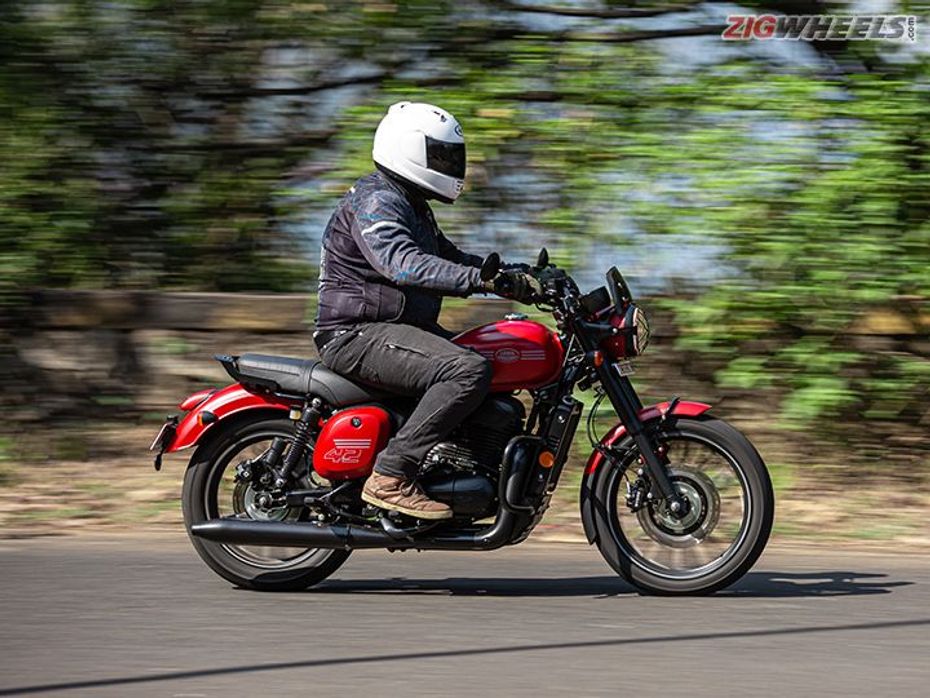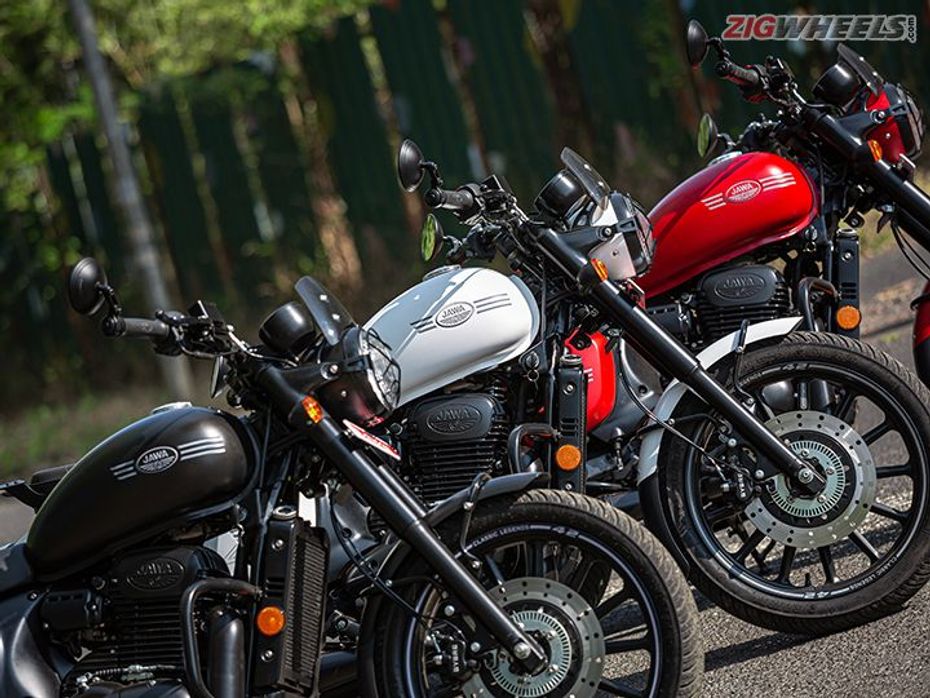
Jawa Is Working On A Royal Enfield Meteor 350 Rival
- Oct 25, 2021
- Views : 11655


Classic Legends have come a long way from resurrecting a dead brand to reviving the sense of nostalgia among enthusiasts with its umm, classic-style bikes from Jawa. And now that the industry is slowly witnessing a shift towards greener mobility, how is Classic Legends and its sub brands prepared for it? We caught up with CEO Ashish Singh Joshi, learning several insights about this transition:
Development of electric BSA on track

When asked about the possibility of an electric Jawa, Ashish Joshi said, "Electric is a very interesting phase. Regulations at a certain point of time will force you into electric. Now what is the type of electric you do and all of that has to be determined at a particular point of time... "
Interestingly, in November 2020, Classic Legends revealed that it plans to set up an R&D facility in the UK. Out of GBP 9.5 million for this center, GBP 4.6 million fund will be granted by the UK government. The company had also planned to set up a plant in Coventry, UK where the bikes will be assembled. The plan is to introduce a petrol-powered motorcycle, then followed by an electric bike.
“We’ve established our small R&D Centre in Coventry, we now have between 12 and 15 people working from our side. So they’re BSA employees who are working on it, plus there are numerous people who are contracted, numerous others who are helping us. We have a consortium of us plus five partners in there. So all of us have put in similar kind of people in our R&D centre. So that’s the (place) where we’ll be seeing electric technology on the motorcycle emerging and putting up. So, I think Jawa, again electrification is something which is a very natural progression from where we are, both from an environmental perspective, again, and also from emissions, regulatory perspective.”
Taking the ongoing coronavirus pandemic into account, expect the bikemaker to launch its first electric motorcycle around mid-2022.
What about a flex-fuel engine to bring the gap to going fully electric?

Ashish says, “Commercial fuel which is available is classified as E10, which even though it can have up to 10 percent ethanol, it’s just got 8.5 percent currently. Even ARAI, when they test, they test with E5. So blended fuels are on. From a tech-perspective, I think engines are able to handle. It is the rubber, the oil seals, the gaskets which need to be worked upon….”
“There is work to be done, though. I wouldn’t say that anybody would be flex-fuel ready today. But the engines from a tech perspective, all of our engines, and I’m talking on behalf of everybody else as well, I think from an engine perspective, engines can handle it.”
The Indian Government had recently announced the industry will be graduating to E25 (25 percent ethanol blend) by 2025. But one of the most concerning aspects of using ethanol-blended fuels is that its corrosive nature has the potential to harm rubber components. To mitigate this, Ashish says those parts need to be beefed up. Their grades will need to be adapted so that it can withstand the flex-fuel.

the automobile community
The government’s move comes in rather short notice, but it is heartening to know that with the necessary tweaks, the engines can handle the change in the kind of fuel they run. And by the time the electric BSA comes into the picture, the Indian electric two-wheeler would’ve also matured in parallel as several mainstream manufacturers have now been taking baby steps towards electrification.

Jawa Is Working On A Royal Enfield Meteor 350 Rival

Bajaj Auto Amps Up Its Electric Two-wheeler Initiative

New Yamaha Bike Spied: Is It The R15 V4 Or The R125? We Analyse

Now Get The Jawa And Jawa 42 With Alloy Wheels And Bar-end Mirrors

Jawa’s Ashish Joshi Shares Future Plans And What The Brand Has In...

Jawa 42 Goes Sportier With Alloy Wheels And Stealth Black Theme

Weekly Two-wheeler News Wrapup: Harley-Davidson Street 750 No More,...

2021 Jawa 42 Spotted With A Host Of Updates

Jawa’s Kommuniti Kustoms Competition Proves Its Fans Are A Wild...
India's largest automotive community